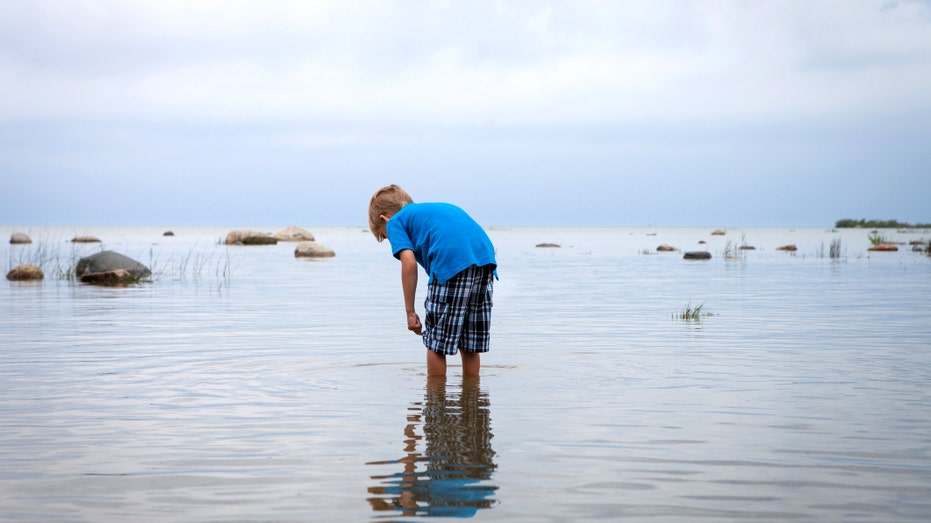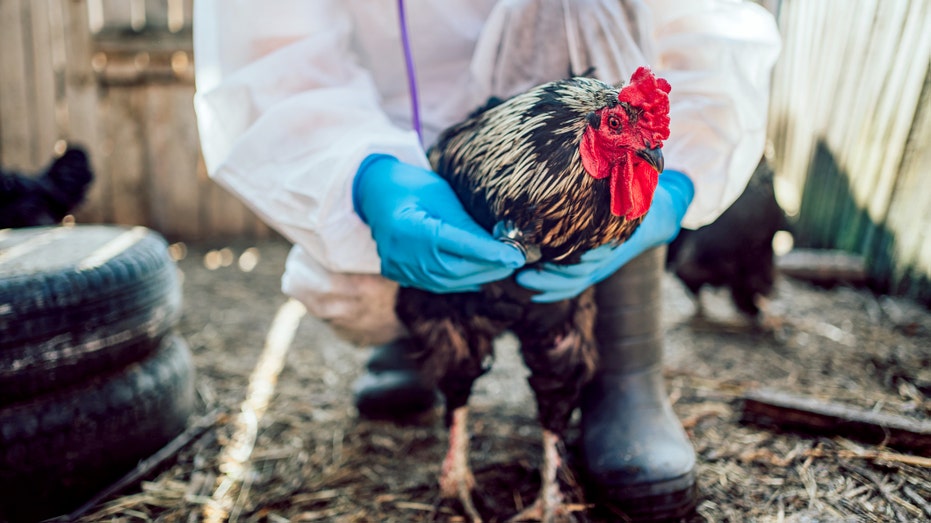Tragic Death in South Carolina from Rare Brain-Eating Amoeba at Lake Murray

Sarah Johnson
July 26, 2025
Brief
Tragic death of a child in South Carolina from a rare brain-eating amoeba, Naegleria fowleri, linked to Lake Murray exposure. Learn prevention tips.
A tragic loss has struck South Carolina with the confirmed death of a child due to a rare and deadly infection caused by the brain-eating amoeba, known scientifically as Naegleria fowleri. This devastating incident, reported by health officials on July 22, occurred after the young patient was exposed to the amoeba, likely at Lake Murray, though the exact location remains uncertain.
This amoeba, which thrives in warm freshwater environments like lakes and rivers, causes a severe brain infection called primary amebic meningoencephalitis (PAM). The risk of exposure heightens during summer months—particularly July through September—when water temperatures exceed 77°F. While infections are exceedingly rare, with this being the first case in South Carolina since 2016, the fatality rate is heartbreakingly high, surpassing 97% according to the CDC.
Symptoms of PAM often appear within days of exposure, starting with headaches, fever, nausea, and vomiting, before escalating to more severe signs like confusion, seizures, and coma. Health experts warn that death can occur within 1 to 18 days of infection, emphasizing the urgency of seeking medical attention if symptoms arise after swimming in warm freshwater.
Preventing such tragedies involves simple but critical precautions. South Carolina health officials advise swimmers to hold their noses shut, use nose clips, or keep their heads above water to avoid the amoeba entering through the nasal passage—a primary mode of infection. Stirring up sediment in lakes or ponds should also be avoided, as the organism can lurk there.
Treatment options, including antifungal drugs and antibiotics, exist, but their effectiveness remains uncertain due to the infection's high mortality rate. A newer drug, Miltefosine, has shown promise in lab tests, yet real-world outcomes are still unclear. Despite the rarity of these cases, with fewer than 10 infections annually in the U.S., the loss of even one life to this silent threat is a sobering reminder of nature’s hidden dangers.
Topics
Editor's Comments
This brain-eating amoeba is like a horror movie villain—rare, but when it shows up, it’s curtains. South Carolina’s lakes are lovely, but maybe it’s time we treat every swim like a high-stakes game of ‘don’t get water up your nose.’ How about a new summer trend: nose clips as the must-have accessory?
Like this article? Share it with your friends!
If you find this article interesting, feel free to share it with your friends!
Thank you for your support! Sharing is the greatest encouragement for us.






